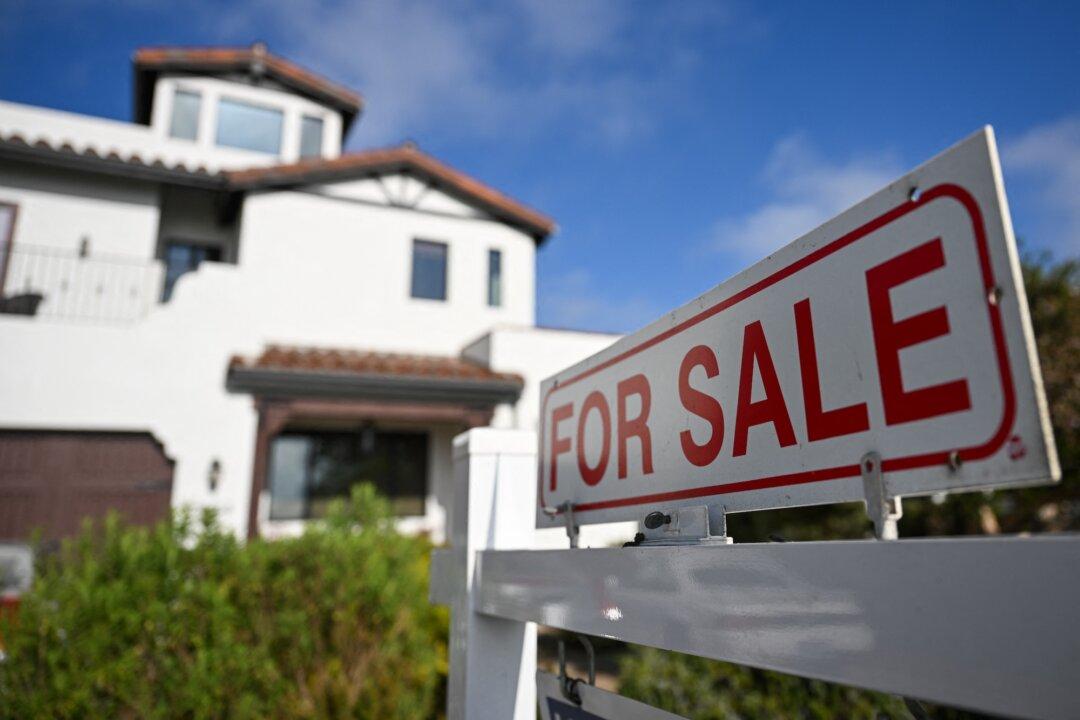Home prices in the United States rose on both a monthly and yearly basis last month, potentially moving up further over the coming months as interest rates remain above 6 percent, according to real estate brokerage Redfin.
In September, housing prices increased by 0.5 percent compared to August, which is the “fastest pace since April and the third consecutive month where the growth rate has increased,” the firm said in an Oct. 22 statement. On an annual basis, prices were up 6 percent from a year ago. The largest monthly gain was recorded in Nassau County in New York, followed by Philadelphia and Virginia Beach.





